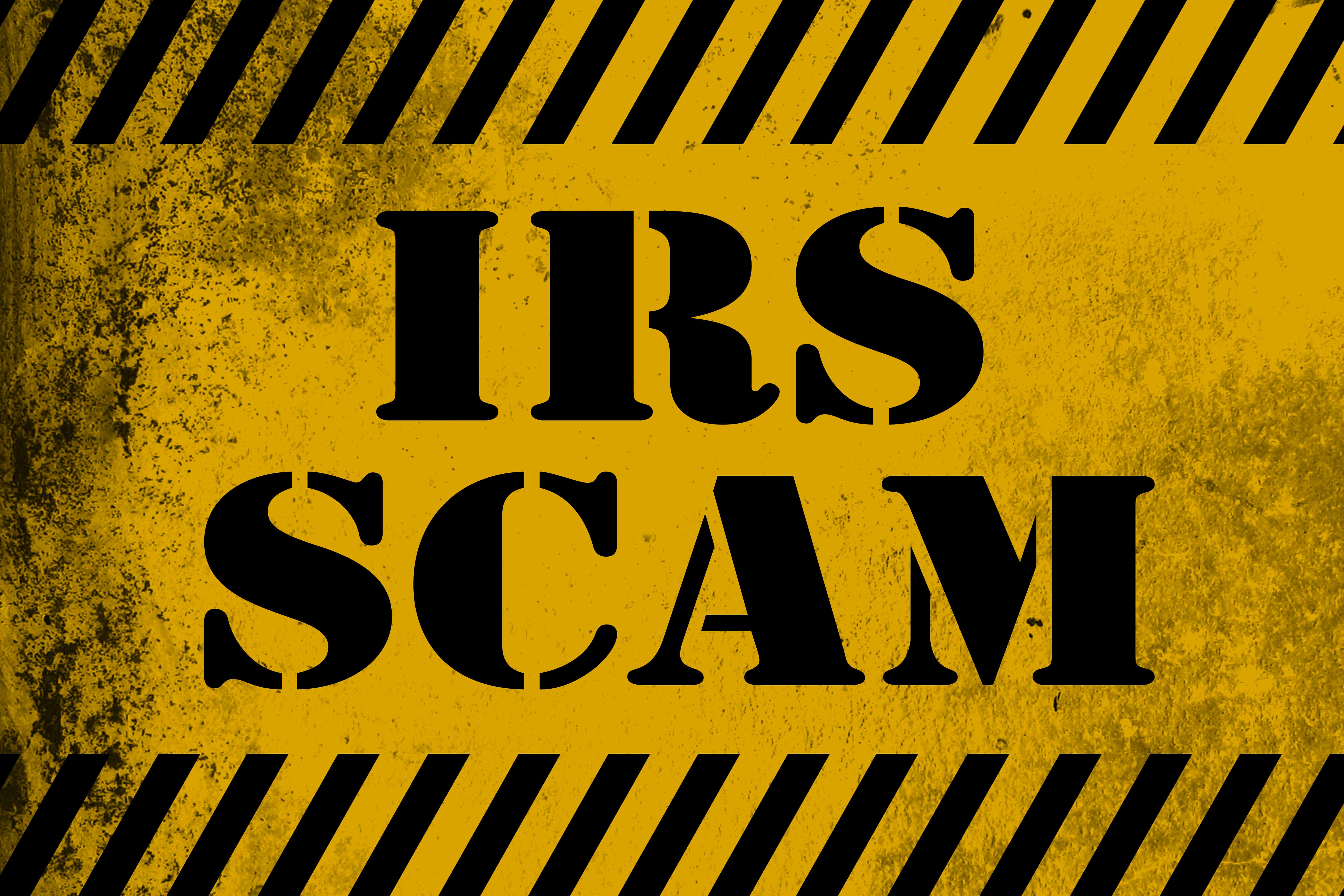Proactive Steps to Promote Employee Cybersecurity Compliance
Your organization’s people are your first line of defense against cyber criminals. Unfortunately, they’re also your weakest link. Insiders pose the biggest threat to cybersecurity in the healthcare industry, and only 13% of public sector employees “take personal responsibility for cybersecurity.” Here are 10 proactive ways to improve employee cybersecurity compliance.

Employee Cybersecurity Training Should be Mandatory & Continuous
The cyber threat environment is constantly changing, so employee cybersecurity training is not “one and done.” It is a continuous process that should begin during the onboarding process and continue throughout the employee’s tenure.
Employee Cybersecurity Training Is About More than Compliance
Many healthcare organizations make the mistake of focusing employee cybersecurity training exclusively on HIPAA compliance, and organizations in other industries can fall into similar traps. While compliance is important, it does not automatically equate to cybersecurity.
Keep Employee Cybersecurity Rules & Procedures Simple
Often, employee cybersecurity manuals are written by the IT department or security personnel, who may fill them with so much “tech-speak” that they require a degree in computer science to decipher. Make sure that your rules and procedures are written in plain language that non-IT employees can easily understand.
Everyone Needs to be Trained
Cyber security is everyone’s responsibility. This includes all levels of employees, from the C-suite down to the receptionist. Don’t forget about part-time employees, seasonal workers and other temps, even interns. Everyone in your organization who has access to a computer must be trained on cybersecurity best practices.
Have Clear Cyber Threat Reporting Procedures
If one of your employees receives a suspicious email or finds a flash drive on the floor, who should they report the incident to, and how? Make sure your employees know exactly what to do next.
Tie Workplace Cybersecurity to Personal Cybersecurity
Illustrating why cybersecurity hygiene is important both in and outside the office is a great way to reinforce training lessons and bolster employee buy-in. Use real-world examples that employees can relate to, such as phishing scams that seek to steal personal account credentials.
Employ User Behavior Analytics & Continuous Monitoring
User behavior analytics, paired with continuous monitoring of network activity, protect your organization on two fronts. First, they allow you to identify employees who are snooping around in areas of your system they don’t need to access to do their jobs. Second, they allow you to identify stolen credentials by flagging logins at odd hours and/or from unusual locations. In either case, you can set up the system to temporarily suspend access until you determine what’s going on.
Regularly Review Employee System Access
The best way to ensure that employees don’t misuse their credentials is to prevent them from doing so in the first place. Employees should be given the minimum amount of system access to perform their jobs, and no more. Access levels should be regularly reviewed for appropriateness.
Don’t Flog Employees for Making Mistakes
Even the most diligent employee can make a mistake. If employees fear being fired for inadvertently clicking on a phishing link, not only will they not report the incident; they may try to cover it up, which could make things even worse. Encourage employees to report missteps as soon as possible, and ensure them that they won’t be disciplined for doing so.
Reward Employees for Good Cyber Behavior
In addition to not beating your employees with sticks, offer some carrots. Recognize employees who flag phishing schemes and other attempted cyber attacks.
The cybersecurity experts at Lazarus Alliance have deep knowledge of the cybersecurity field, are continually monitoring the latest information security threats, and are committed to protecting organizations of all sizes from security breaches. Our full-service risk assessment services and Continuum GRC RegTech software will help protect your organization from data breaches, ransomware attacks, and other cyber threats.
Lazarus Alliance is proactive cybersecurity®. Call 1-888-896-7580 to discuss your organization’s cybersecurity needs and find out how we can help your organization adhere to cybersecurity regulations, maintain compliance, and secure your systems.


